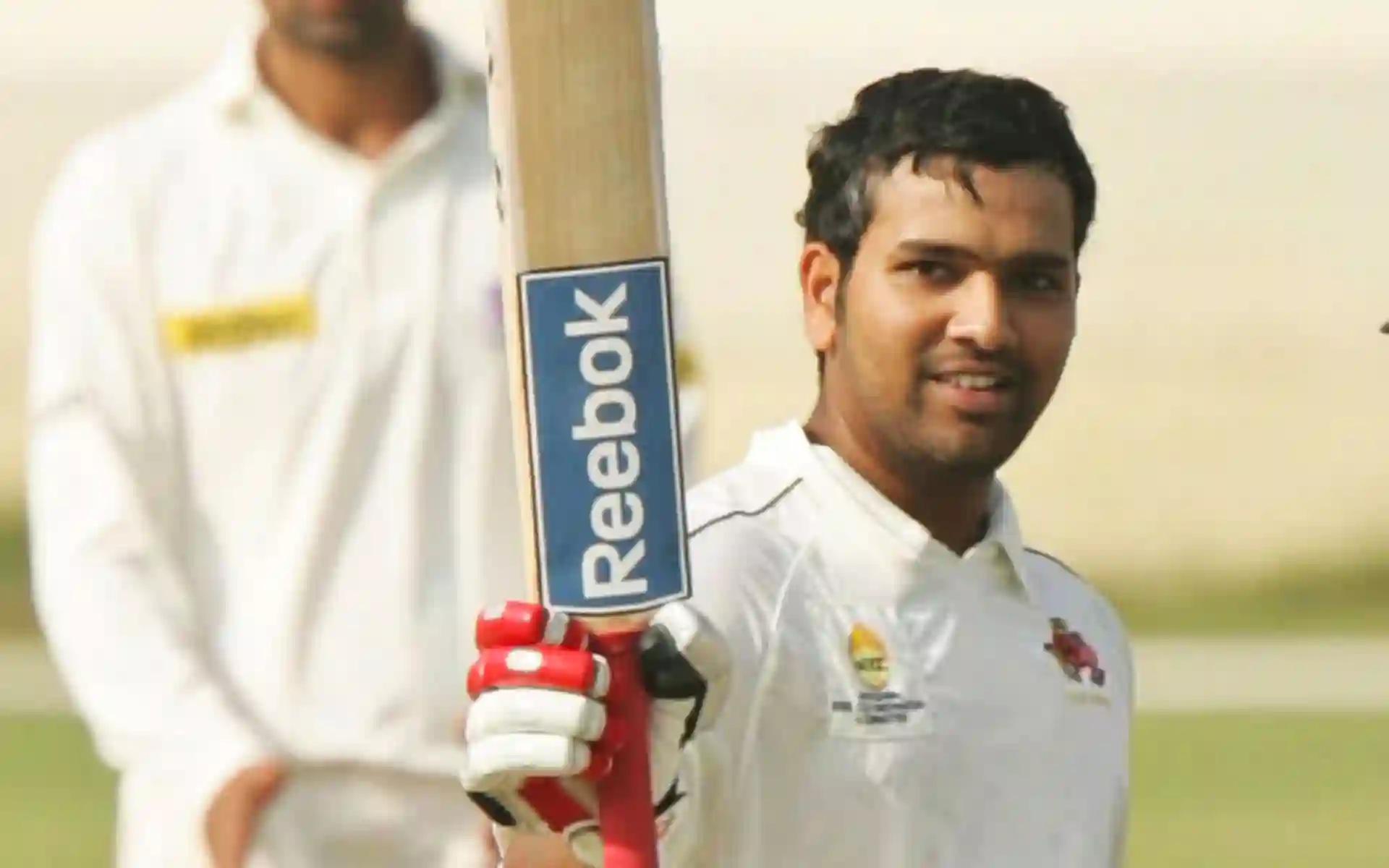Remembering the Days: Test Cricketers Earned Just Rs 50 Daily in the Ranji Trophy Era

Ratnakar Shetty, a prominent figure in Indian cricket administration, shared his memories and experiences in a recent episode of the Bombay Sport Exchange (BSE). Beginning his journey in 1975, Shetty rose through the ranks to become the General Manager of the Board of Control for Cricket in India (BCCI). He discussed the evolution of Indian cricket, the significant role of royal families in its early days, and how the BCCI has transformed from a modest organization to a powerhouse in the cricketing world.
## Early Days of BCCI
Reflecting on the initial days of the BCCI, Ratnakar Shetty recounted how the organization operated from a small office space at the Brabourne Stadium. “It started with a one-room office,” he said, highlighting the humble beginnings of an institution that has grown immensely over the years. The BCCI’s early office was a mere 500 square feet, shared with the Bombay Cricket Association. Shetty’s memories paint a vivid picture of how far the organization has come since the 1983 ODI World Cup victory, which marked a turning point in Indian cricket history.
Shetty emphasized the importance of the Cricket Club of India in those early days, as they provided critical support and space for the BCCI. The transformation from a small office to a leading cricketing authority illustrates the massive strides the BCCI has made in terms of resources and influence within the sport.
## Financial Challenges and Support Systems
In his discussion, Shetty detailed the financial constraints faced by the BCCI during its formative years. He pointed out that, in the past, the board heavily relied on the backing of royal families and corporate stalwarts to sustain cricket operations. “The BCCI was fortunate to get the support of the royal families… who funded a lot of Indian cricket in those days,” he explained. For many years, the treasurer’s role was held by just two individuals who diligently managed the board’s finances.
Shetty emphasized the frugal nature of the organization’s early financial practices, explaining that Test cricketers were paid a meager 50 rupees per day, while Ranji Trophy players earned just 5 rupees. Despite the low wages, players took immense pride in representing their states and the national team, fostering a disciplined approach to the sport.
## Changing Dynamics in International Cricket
The conversation also covered the changing dynamics of international cricket and the BCCI’s evolving role. Shetty recounted how, in the past, international teams like West Indies, Australia, and England had to be paid guarantee money to tour India. “When we wanted them to tour our country, we had to pay them a certain amount of guarantee money,” he said, highlighting the board’s challenges in attracting top teams to India.
Today, the scenario has flipped, with countries like Australia and England looking to India for lucrative tours, reflecting the financial clout that Indian cricket now holds. The shift in power dynamics showcases the BCCI’s influence and the commercial viability of cricket in India.
## Legacy and Recognition
Shetty concluded with an anecdote about the prize money awarded to the 1983 World Cup-winning team. Initially announced as ₹1 lakh, the BCCI found itself without funds to fulfill this promise. To resolve the situation, they organized a musical program featuring renowned artist Lata Mangeshkar, raising enough money to reward the players. This story illustrates not only the challenges faced by the BCCI in its early days but also the lengths to which it had to go to ensure recognition and reward for its players.
As Shetty reflects on his extensive career, it is clear that his contributions have been instrumental in shaping Indian cricket as we know it today. From modest beginnings to a thriving cricketing empire, the BCCI’s journey is a testament to the dedication and vision of its early administrators.
Observer Voice is the one stop site for National, International news, Sports, Editor’s Choice, Art/culture contents, Quotes and much more. We also cover historical contents. Historical contents includes World History, Indian History, and what happened today. The website also covers Entertainment across the India and World.
Follow Us on Twitter, Instagram, Facebook, & LinkedIn

